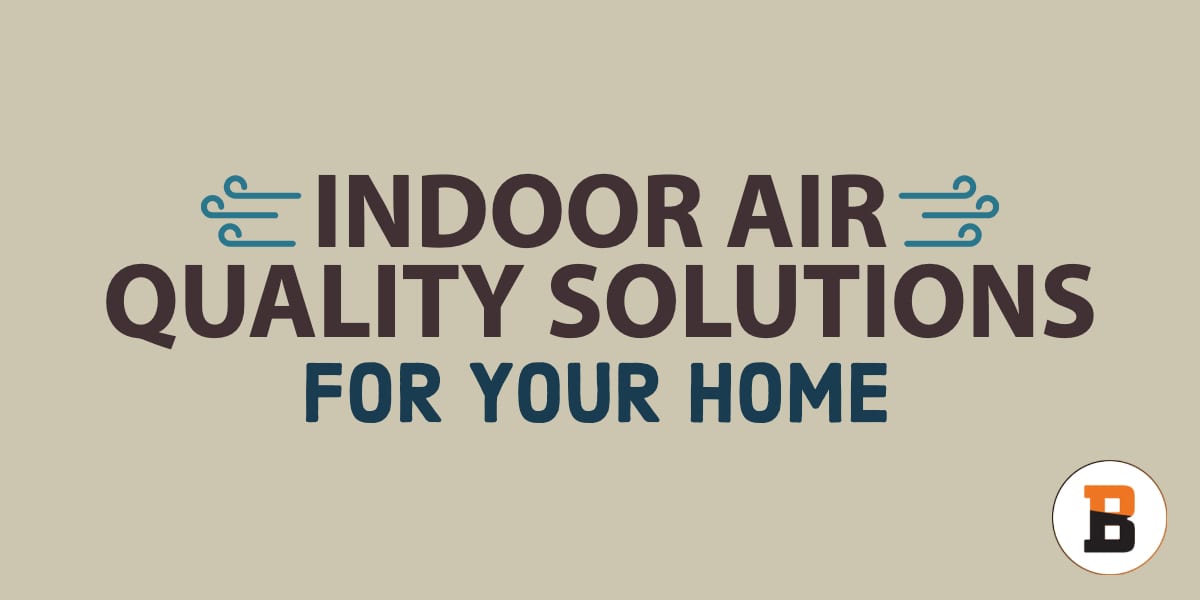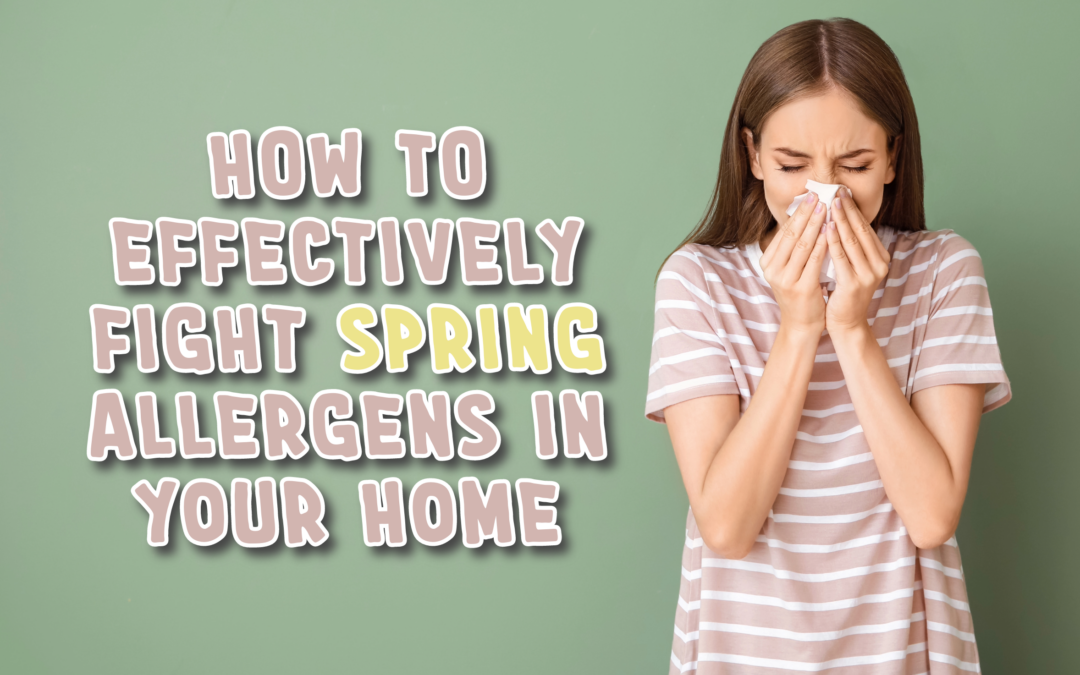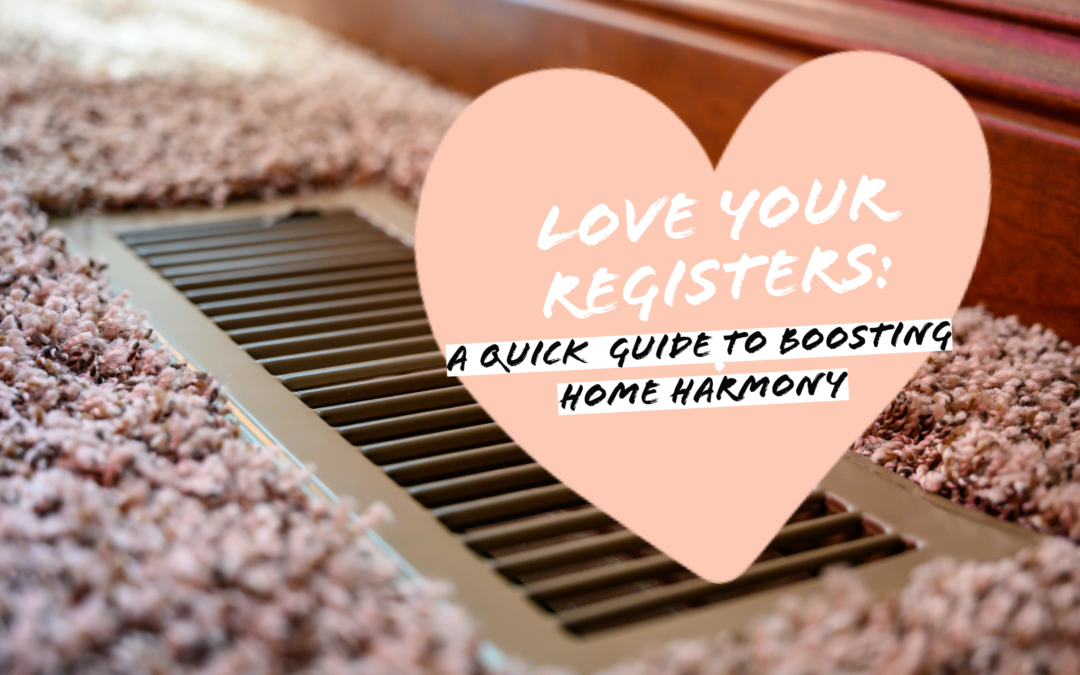A lot of people consider air pollution as something outside — the ozone, smog, or that haze floating in the air, especially in the summer. Yet the reality is, the air inside homes, offices, and other buildings is normally far more polluted than the air outside. While it’s not likely for you to clear out all the allergens within your home, you can reduce the quantity — and your susceptibility to them — by taking some easy measures. We at Beavercreek Heating and Cooling suggest some simple tactics you can adopt to improve air quality inside your home and, as a result, better manage your allergy symptoms.
KEEP A TIDY HOME
A well-cleaned home makes for a healthier life because good indoor cleanliness can severely cut down on dust and animal dander, specialists say. Your efforts to clean should concentrate on strategies to decrease the accumulation of pet dander, mold, and dust lurking in your home.
VACUUM IT UP
Use a vacuum cleaner on your rugs and carpets at least one or two times per week. Make sure it’s outfitted with a HEPA filter. Also, it should cut down on allergens in your house if you start going with hard-surface flooring rather than wall-to-wall carpeting moving forward.
FOCUS ON ITEMS THAT ATTRACT ALLERGENS
Regularly wash bedcovers, drapes, and other things that attract allergens—particularly if you have pets. Authorities advise using water that is at a minimum of 130° F warm. Also consider using dust mite–proof pillowcases, in addition to mattresses and box springs, whenever feasible. Lastly, eliminate the clutter that traps and holds dust that can cause symptoms.
LEAVE THE PLANTS OUTSIDE
Plants can be lovely inside, but they can also cause the buildup and support the growth of mold. Authorities advise that if indoor allergens are a problem, you should not have plants inside. While some say plants help in purifying indoor air quality by delivering oxygen, there’s no disputing they are still allergy triggers for a lot of people. In other terms, they create more problems than they help.
GET NEW AIR FILTERS
If you have a forced-air heating system, be sure to switch out the filters often. Electrostatic filters can help ensure that dust and other airborne annoyances get filtered out instead of being recirculated throughout your home. Also, consider having your ducts vacuumed to remove dust caught in them. While this may not always be prudent, it helps in some cases. The Environmental Protection Agency advises homeowners on making this decision at https://www.health.harvard.edu/iaq.
TRY AN AIR PURIFIER
If you have allergies to indoor contaminants and can’t control the source of the predicament — for instance, you’re against giving up the household pet — it may serve you well to use an indoor air purifier. Positioned in the most commonly used areas of the house, these machines, mainly ionic purifiers, can help catch some of the nuisances that could be the cause of your symptoms. You might not be able to eradicate these allergens, but you can cut them down, which should help.
TRY SOME DEHUMIDIFIERS
Think about a dehumidifier in damp spaces, such as the basement, to help arrest the growth of mold. Ensure that bathrooms, a different potential source of mold, are aired as well and wash off any visible mold that accumulates in the shower, on walls, or around fixtures.
LET THE FRESH AIR IN
Believe it or not, even in the colder months, it can be acceptable and healthy to crack windows open here and there momentarily to allow fresh air to circulate into the home. Plus, eliminate potential air contaminants by using fans in the kitchen to remove cooking fumes.
TAKE OFF THOSE SHOES
Because no one knows what’s on the bottom of your shoes, be sure everyone entering your home takes their shoes off. Buy a shoe rack, or a boot tray to gather dirt, pesticides, and additional pollutants from creeping their way into your home.
CHECK YOUR FURNITURE
Did you know that some of your furniture might be constructed with toxic glue that can involve nasty chemicals? On top of that, finishing products like lacquers and varnishes could cause complications for people with asthma and allergies. Steer clear of furniture constructed with woods that have been treated with the chemical formaldehyde and joined with toxic glues.
For more information, or to schedule a tune-up for your furnace, call Beavercreek Heating & Cooling at 937-708-8527 or schedule an appointment now online at www.beavercreekheatingandcooling.com/schedule-now/.








